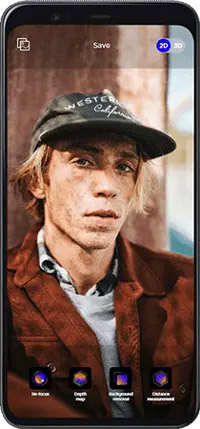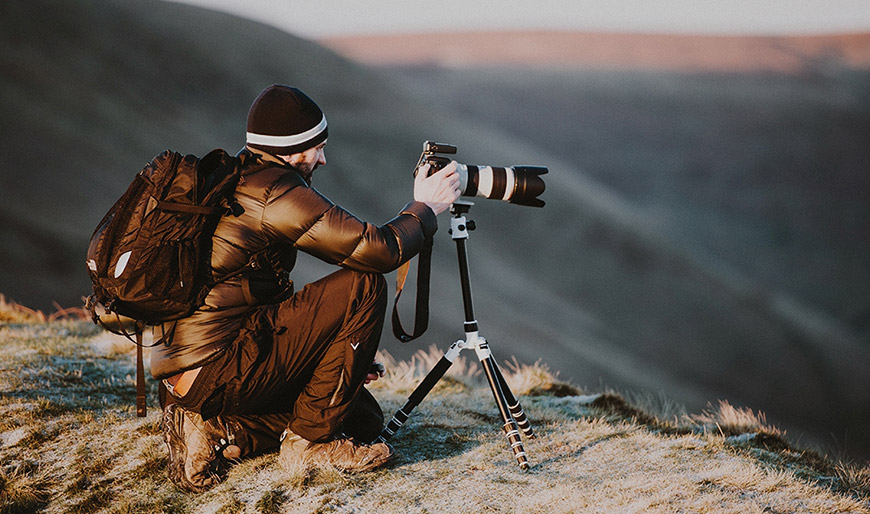Before talking about the advantages of light field images applied to social networks, I would like to specify a little what is understood today by light field (LF) image from my amateur photographer and graphic designer point of view.
Santiago Basallo
 Senior Graphic Designer
Senior Graphic Designer
Before talking about the advantages of light field images applied to social networks, I would like to specify a little what is understood today by light field (LF) image from my amateur photographer and graphic designer point of view.
A LF image is a raw data, which preserves the entire light range of the shot. Until today it has been done through multiple cameras focusing the same object or a single camera with multiple micro-lenses. But thanks to a deep depth from focus, Wooptix approaches the light field with a single camera and a single lens, taking advantage of the entire sensor’s resolution; takes various images at different focal distances that allow to generate an all-in-focus image and a depth map.
And with these two images, different capabilities are achieved such as having everything in the scene in focus, refocusing at will after you take the picture, 3D photo (for stereo, auto-stereo and more), plane selection, background elimination or distance measurement in Z. All of them unlocking unlimited possibilities in different market segments.
In social networks the features that could contribute more and bring the new generation of editing and file consumption are of course:
- Refocusing after the image has been taken. Let’s remember that blur was one of the first native Instagram features back in 2012, but you could only do linear or circular blur. And it doesn’t blur due to depth of field, which generates a much more realistic and professional camera effect, generating a very flattering Bokeh effect in selfies.

- 3D Photo. Right now only Facebook in desktop version allows uploading and playing 3D images through a basic RGB image and a depth map. But creating that depth map and uploading it to the application is very inconvenient and not very usable. Thanks to the LF images, the image taken is a simple 3D file that is easy to forward and upload to any platform or social network that can reproduce 3D or 2D video.
- Plane selection and backgrounds removal. Social networks are a parallel world where we like to show off your best moments, a nice life, so being able to choose a plane and delete it or change the boring background of my office for a beautiful landscape is always a must when it comes to social media.
- The AR is here and conquering the networks through augmented reality filters that users create, use and share. But today the positioning of the AR filter is only based on facial recognition to put the effects on the face. How awesome would it be to be able to position any object at its corresponding size and distance? In such a way that it would be more real, since it recognizes the depth map of the image and correctly positions each element added to the reality.
Conclusion, the light field can and will make a true revolution in social media, and as a user and marketing guy who works with social networks, I am looking forward to seeing how this technology changes the sector.








